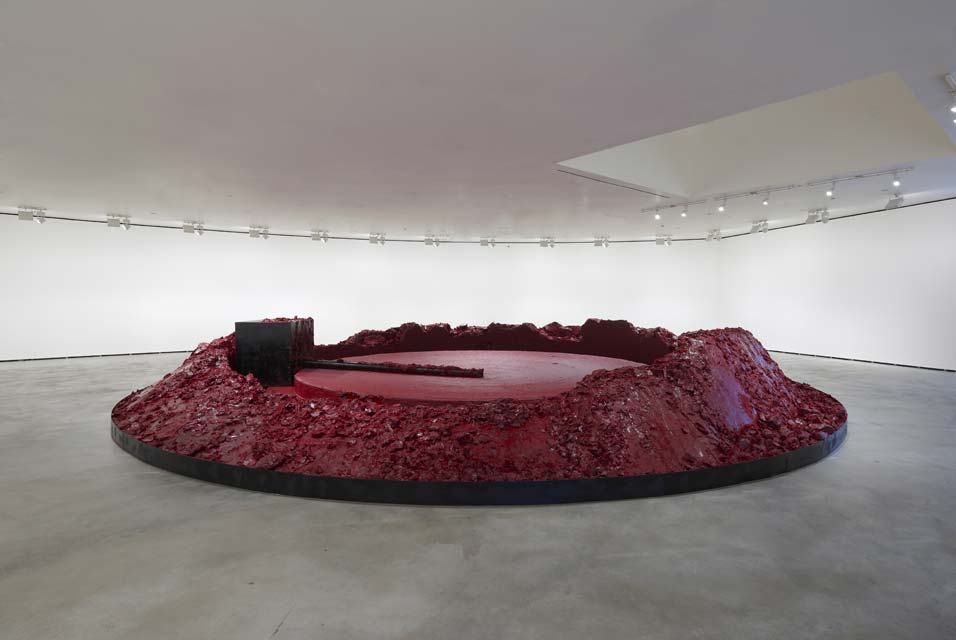Art World
After Delays, Protests, and a Pandemic, the Guggenheim Abu Dhabi Has a New Date for Its Debut: 2026
The Guggenheim announced plans for its U.A.E. location back in 2006.

The Guggenheim announced plans for its U.A.E. location back in 2006.

Sarah Cascone

There’s a new opening date for the long-delayed Guggenheim Abu Dhabi, which now expects to welcome guests in 2026—a full 20 years after the project was first announced in 2006.
“We think it should be five years from next week,” Guggenheim director Richard Armstrong said at a press briefing in Basel, Switzerland, according to the Art Newspaper. “It looks like everything is coming together so we can say something definitive. It has been a relatively long gestation.”
That’s something of an understatement. The original opening was set for 2012, before being pushed back to 2017. In April 2019, before the pandemic delayed construction projects the world over, Armstrong announced a new 2022 or ’23 date.
Over the years, the institution has staged three exhibitions in Abu Dhabi, including two previews of the new location’s collection, which covers the 1960s to the present day. “Seeing Through Light: Selections From the Guggenheim Abu Dhabi Collection” in 2014 included works by Larry Bell, Dan Flavin, Robert Irwin, Douglas Wheeler, and Keith Sonnier. “The Creative Act: Performance, Process, Presence” in 2017 featured 25 artists, with Anish Kapoor’s monumental sculpture My Red Homeland (2003) as the centerpiece.

Anish Kapoor, My Red Homeland (2003). Photo by Dave Morgan, ©Anish Kapoor, courtesy Lisson Gallery, collection of the Guggenheim Abu Dhabi.
When the Frank Gehry-designed museum finally opens its doors, it will be the Guggenheim’s largest location, at 320,000 square feet. The project, which is being overseen by Abu Dhabi’s Department of Culture and Tourism, will also be one of the hubs of the nascent cultural and tourism district on Saadiyat Island.
The island is already home to the Louvre Abu Dhabi, which opened in 2017 (after delays of its own). There are plans for a Zayed National Museum dedicated to the United Arab Emirates’s founder, as well as two other museums. The city pledged in June to spend $6 billion on the creative industries over the next five years.
But the emerite’s growing cultural sector is being eyed closely by human rights and labor organizations, which have long been critical of working conditions in the nation, particularly at the Saadiyat Island museums. Numerous reports, including an essay from artist Molly Crabapple for Vice, have found that migrant workers from South Asia were being exploited, with employers confiscating their passports, withholding salaries, and enforcing grueling around-the-clock work schedules.
For a time, the Guggenheim faced pressure from the Gulf Labor artist coalition, which staged a series of public demonstrations on site at the museum in New York and Venice calling for an end to the use of migrant labor at the forthcoming museum. Talks between the museum and the activist group broke down in 2016, and the protest movement has been relatively quiet in recent years.
Neither the museum nor Gulf Labor responded to inquiries from Artnet News.